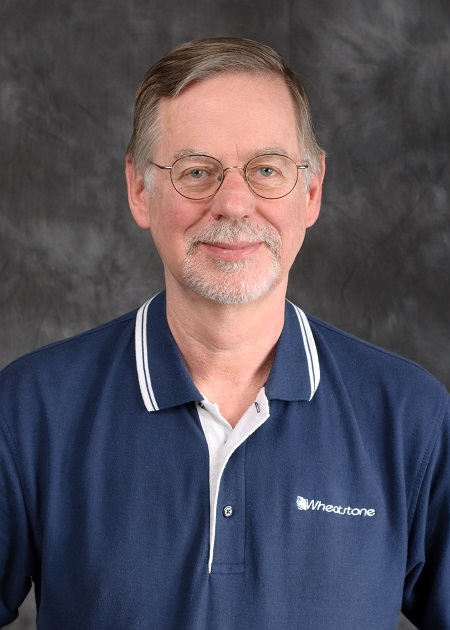News Audio: A Conversation With Wheatstone’s Phil Owens
SPRINGFIELD, VA.—Broadcast Engineering Extra this week spoke to Phil Owens, head of Eastern U.S. Sales for Wheatstone, about trends in broadcast audio consoles.
BE Extra: For audio consoles for live news broadcasts, what is the number one request you get from customers? Why is that so important?

Phil Owens, head of Eastern U.S. Sales for WheatstoneOwens: We’re asked for a console system that has a deep feature set combined with an easy-to-navigate user interface. We’re not making records here, we’re doing live news. The things that need to change‑sometimes in a hurry‑are mix minuses, source selection, maybe a little EQ/dynamics on occasion. Flexibility in IFB is a big plus, for both in-studio talent and remotes. All these things need to built for speed and ease-of-use, as stations will often have a number of different operators throughout the day. Console presets—the ability to store complete show setups—also help with this.
BE Extra: How does automation figure into the audio part of live news broadcasting? What does a broadcaster need to know if they’re considering moving to studio automation for its newscasts?
Owens: Stations need to ask if they’re going to full-time automation or some form of live assist. If operators are going to be involved with some dayparts, or on special occasions like election nights, they need to choose a board that runs well in both scenarios and transitions well between the two. An operator should be able to walk up to board running automation and make adjustments without upsetting the apple cart.
BE Extra: Is the audio quality we have today as good as it needs to get? Is there any advantage in chasing after even better audio performance?
Owens: Audio performance is certainly as good as it needs to be. Digital systems have eliminated a whole category of bad audio—ground hum, ground loops, RF interference, etc. As users get more comfortable with all the audio tools a modern board has—great EQ, compressors, limiters, automixing—we’ll probably see or hear more improvements as more operators learn how to fix less than ideal incoming audio, or noisy ambient environments.
Get the TV Tech Newsletter
The professional video industry's #1 source for news, trends and product and tech information. Sign up below.
BE Extra: What are one or two important things that broadcasters fail to research about audio consoles for live news? Why are these items important?
Owens: This usually involves the back-end of the system. Everybody is pretty familiar with audio boards, but most boards today are a part of a console/routing system. Correctly specifying the router—overall matrix size, types of I/O, locations of I/O frames or endpoints, and network requirements between frames—is actually the bulk of the work involved in buying a console system. It’s also the least fun part.

BE Extra: Broadcasters generally have plants with SDI cabling and switching. Is there any need for broadcasters to use specific audio networking, such as Dante? Why or why not?
Owens: Broadcasters will buy whatever networking topology works best for their plant. Folks aren’t going to rip out a fairly fresh SDI/embedded infrastructure just to jump into the IP world.
On the other hand, we’ve seen many stations use IP-based systems in new builds. Wheatstone offers both TDM and IP based networked systems. We’re seeing some crossover products like our IP based de-embedder, or our MADI-to-IP converter. I suspect we’ll continue to see products that help cross that line.
Standards such as AES67 are also evolving that will help make IP more universal. The key is to choose a system you like and then implement the network that it runs on. Once that’s in place, you can look at various add-ons that can be added through the various flavors of AoIP. Today, those flavors include AES67, Wheatnet-ip, Ravenna, Dante, Livewire, Cobranet, Ethersound, and AVB. With so many flavors available, it might be more advisable to pick a system based on what it does, not who it talks to.
BE Extra: Is there anything else broadcasters need to know about the audio console requirements for live news broadcasting?
Owens: Buy the right tool for the job, but make sure it is flexible enough to change jobs if it has to. Buy reliability and redundancy so you can sleep at night.
Bob Kovacs is the former Technology Editor for TV Tech and editor of Government Video. He is a long-time video engineer and writer, who now works as a video producer for a government agency. In 2020, Kovacs won several awards as the editor and co-producer of the short film "Rendezvous."

